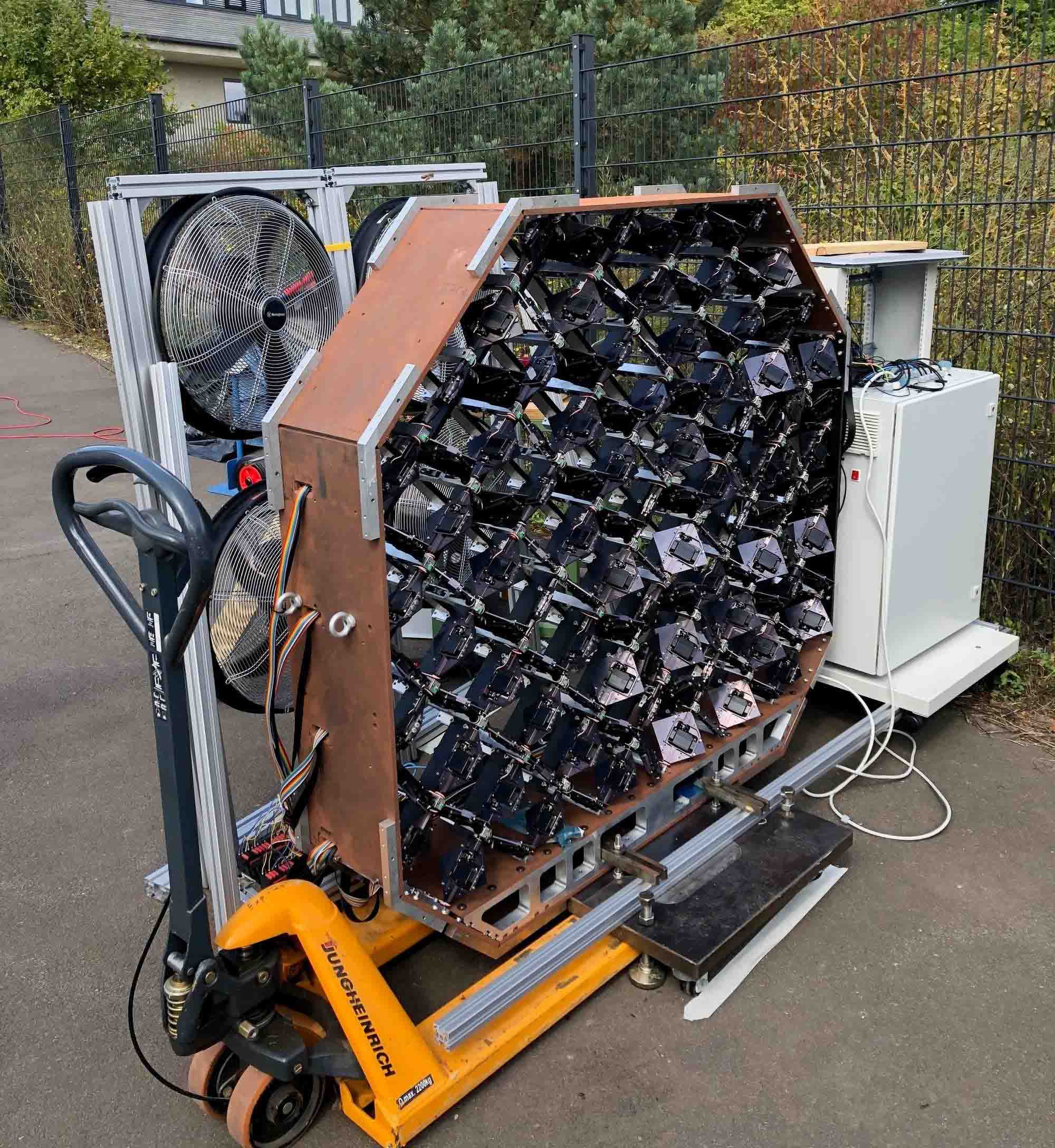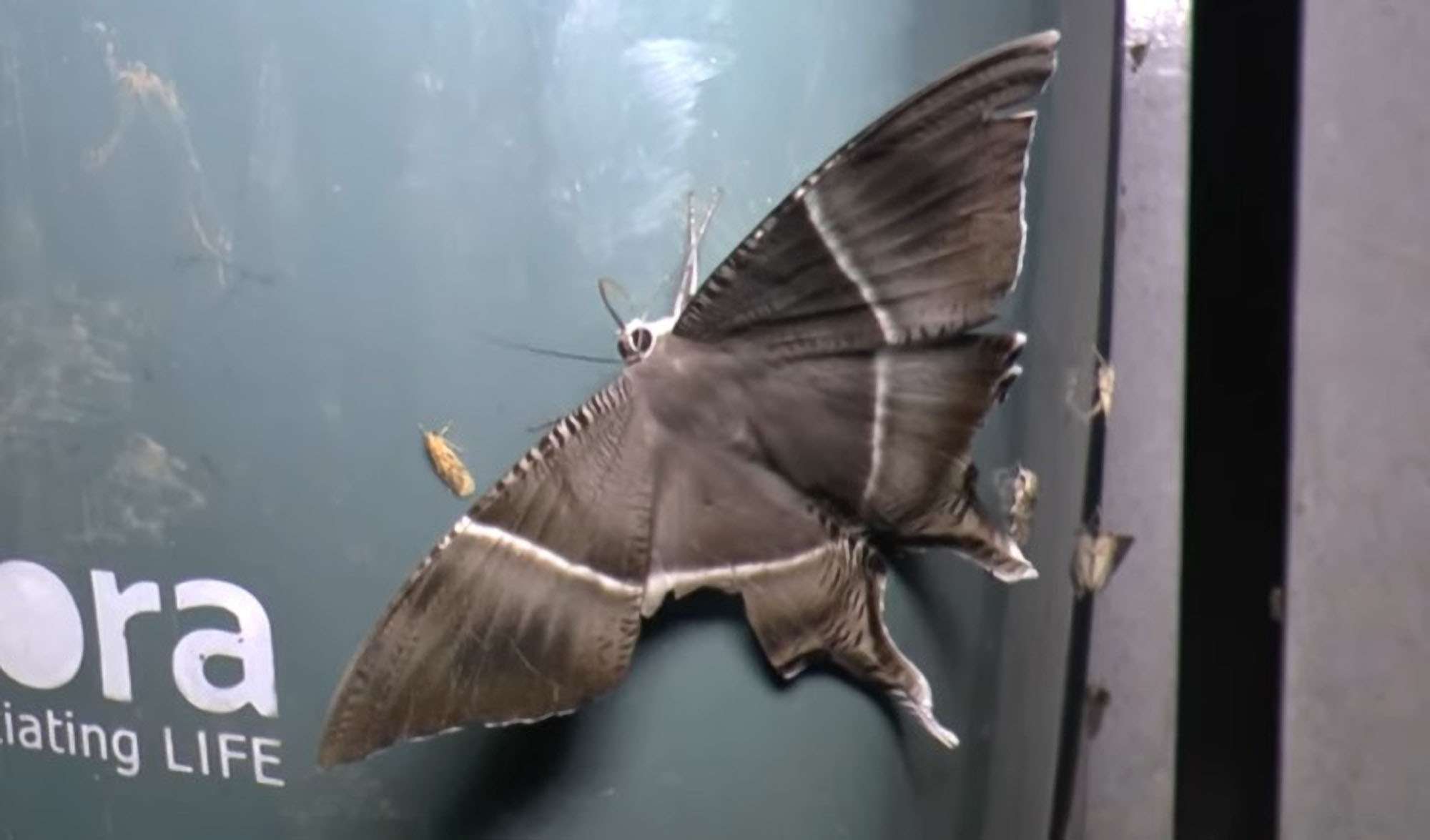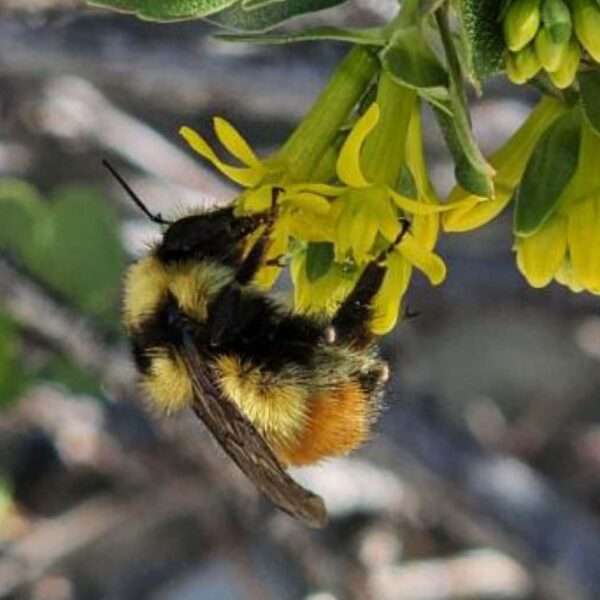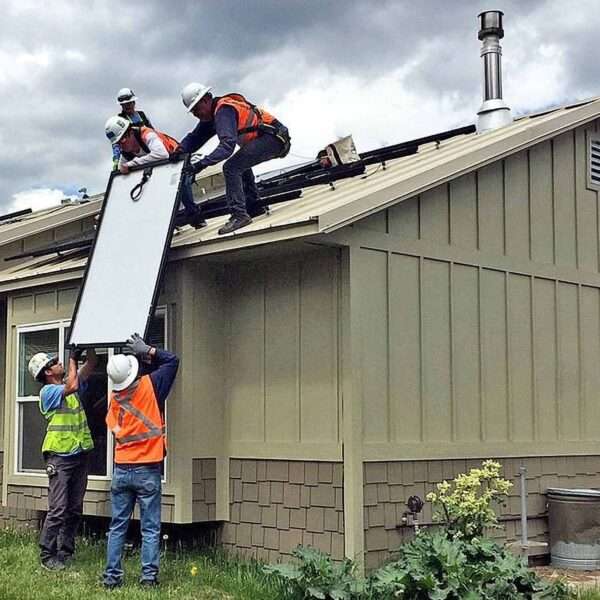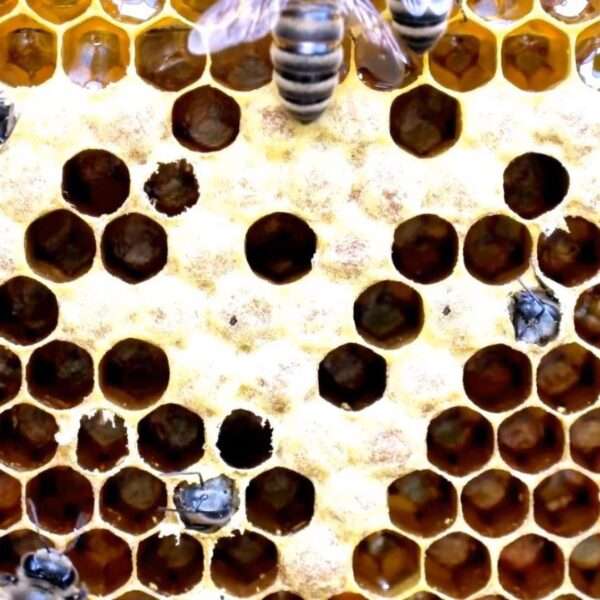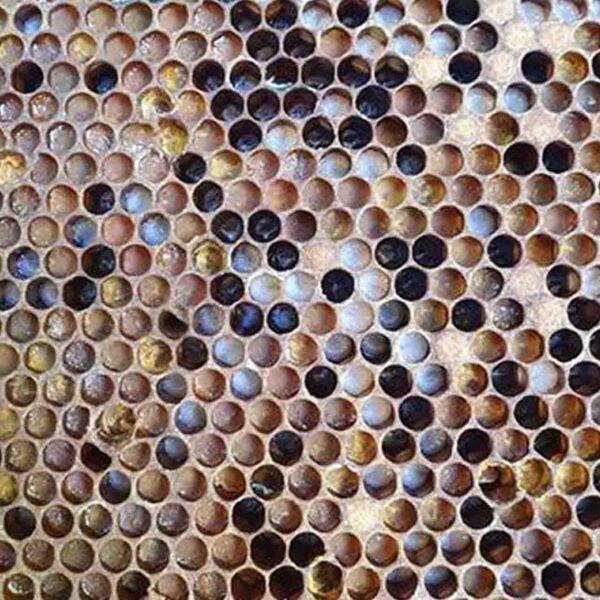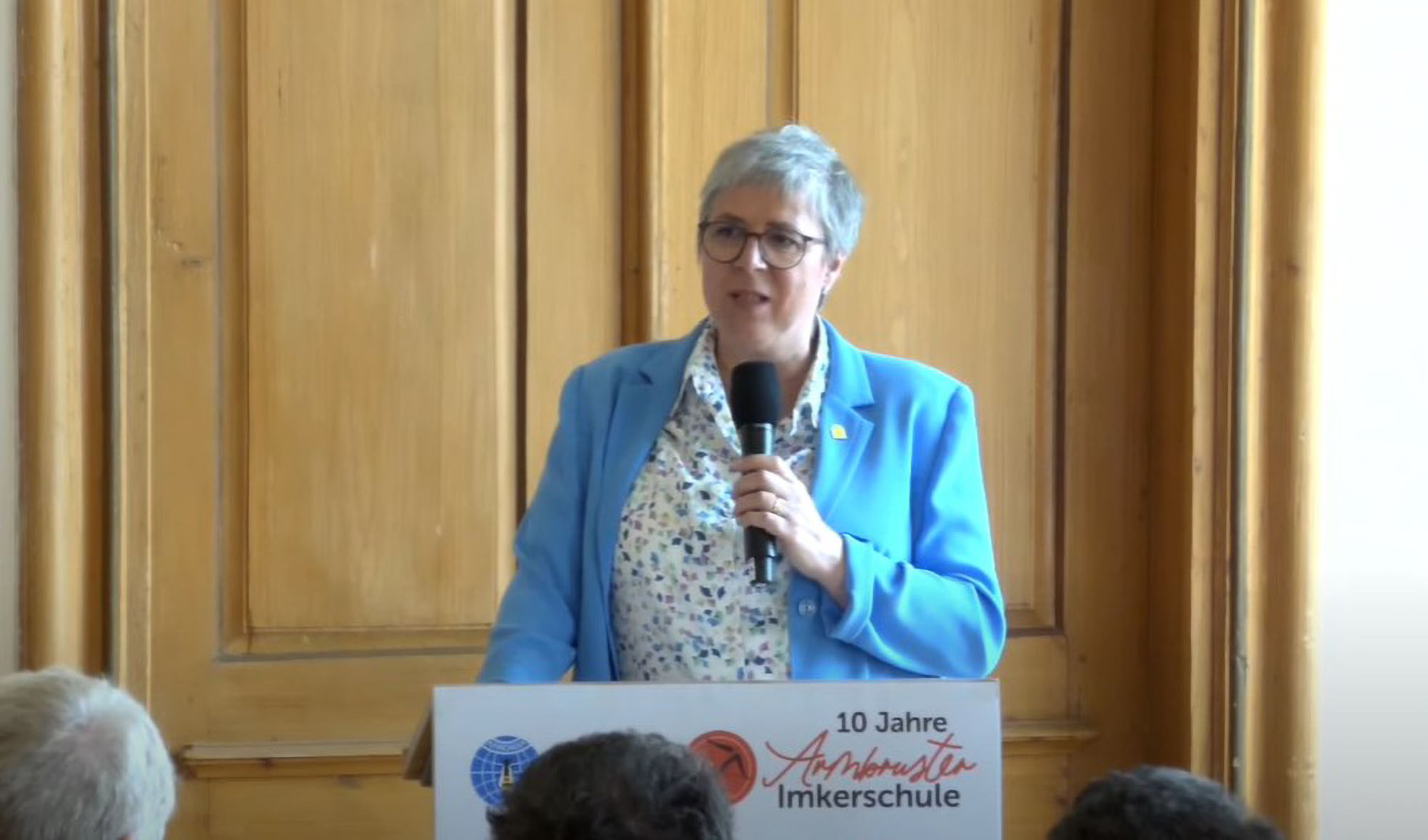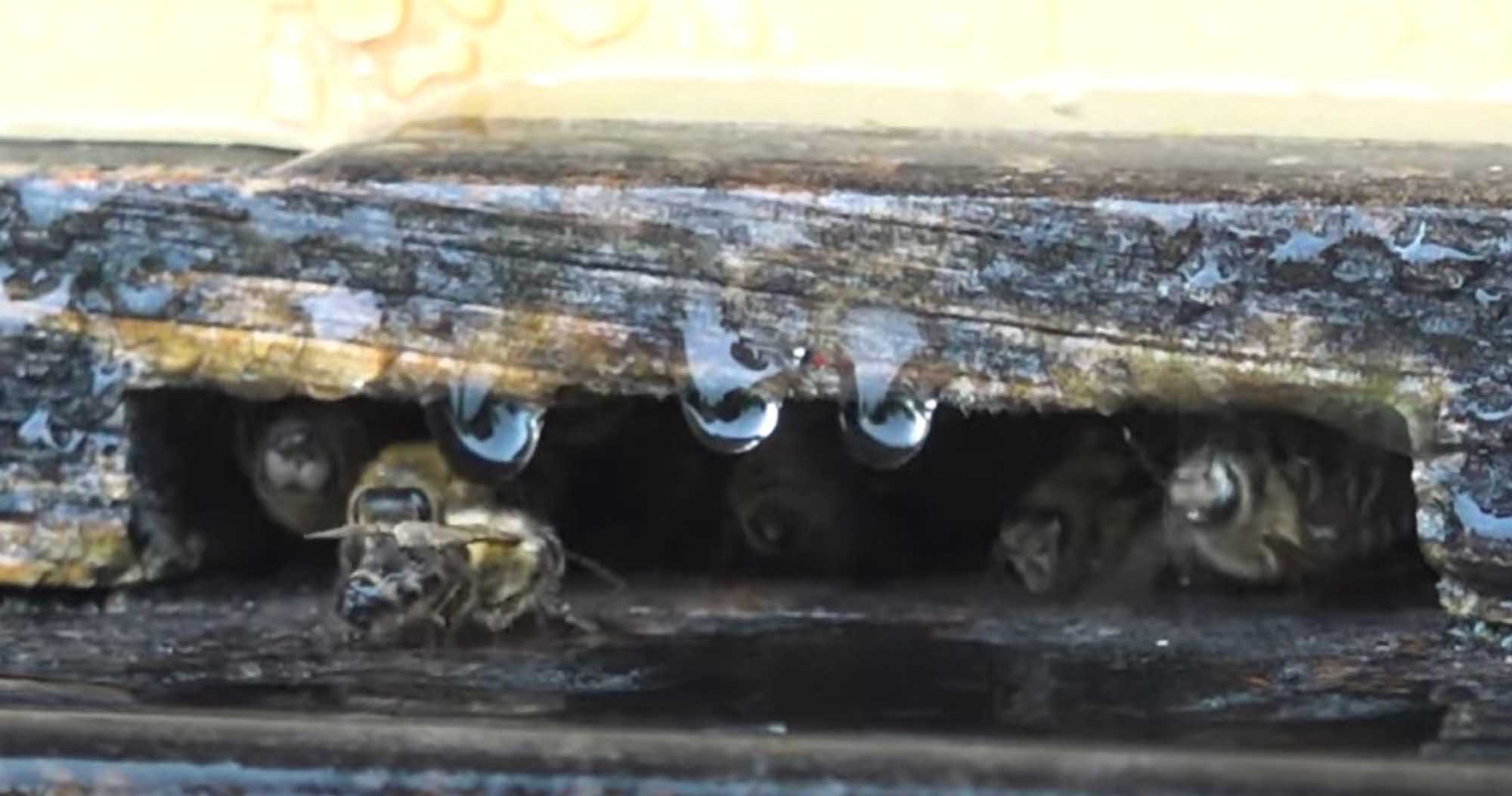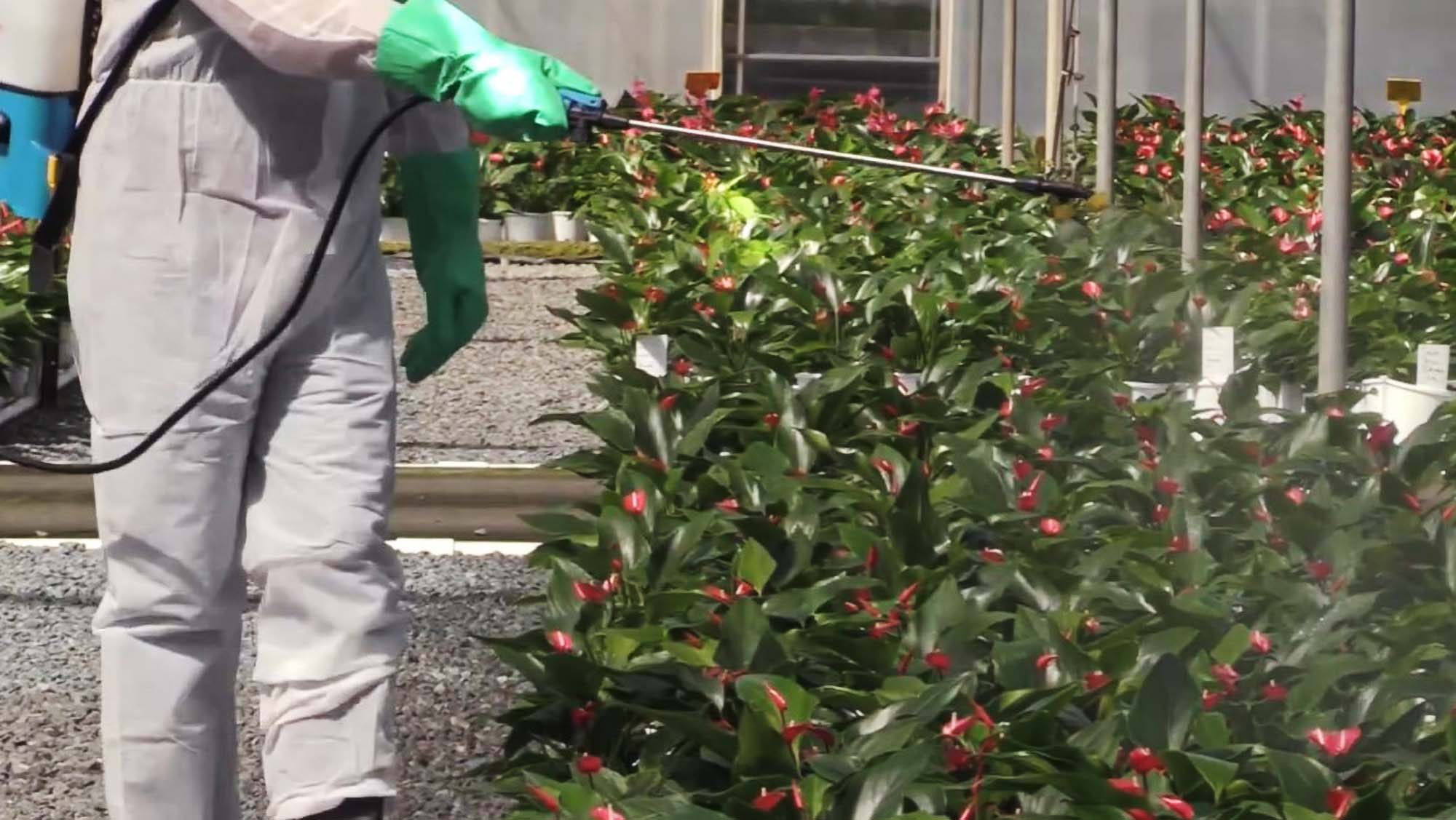Harsh gales have no impact on the velocity of honeybees, according to research at a scientific institute in Germany.
Physicist Bardia Hejazi aimed at finding out whether strong winds reduce the speed at which the social insects are flying.

Bardia – who is a postdoctoral researcher at the Max Planck Institute for Dynamics and Self-Organization in Göttingen, Lower Saxony – said: “Bees are natural pollinators and important to the environment. It’s important to understand how they behave.”
To find out more, Bardia and his colleagues installed four fans behind a grid of flaps at one of the institute’s three Carniolan honeybee hives. The Carniolan honeybee (Apis mellifera carnica) is a subspecies of the western honeybee (Apis mellifera).
According to the American Physical Society (APS), the flaps could be opened and closed independently from each other.
Bardia – who thinks that the results of his investigation could be beneficial when it comes to creating flying robots – found that the insects’ average velocity was not affected by windy conditions at all.
His study – which has been published in the New Journal of Physics – showed that the insects tend to fly in a zig-zagging motion when they encounter turbulence.
Bardia told the APS: “Depending on how many you move and in what sequence you move them, you can create different types of turbulence structures.”

The physicist and his team eventually decided to compare the way the colony flies in eight different turbulence scenarios to a no-wind baseline.
To document the series of tests, they installed three GoPro cameras at different angles in the experiment area.
The researchers deployed computer codes to track the path of the bees in three dimensions by using three different images of the same animal. Subsequently, the Max Planck Institute scientists calculated the pollinators’ velocity and acceleration.
Bardia said: “If you are walking in a headwind, you’re slower, you’re fighting against the wind. Maybe your velocity is less because of that. But the bees are maintaining that average velocity, regardless of the windy conditions that we’re producing.”
Bardia and his fellow researchers found that the honeybees took a long time to accelerate. However, they managed to brake rapidly when making sharp turns. The researchers also determined that the bees tended to fly straight and turn sharply in conditions without any wind.
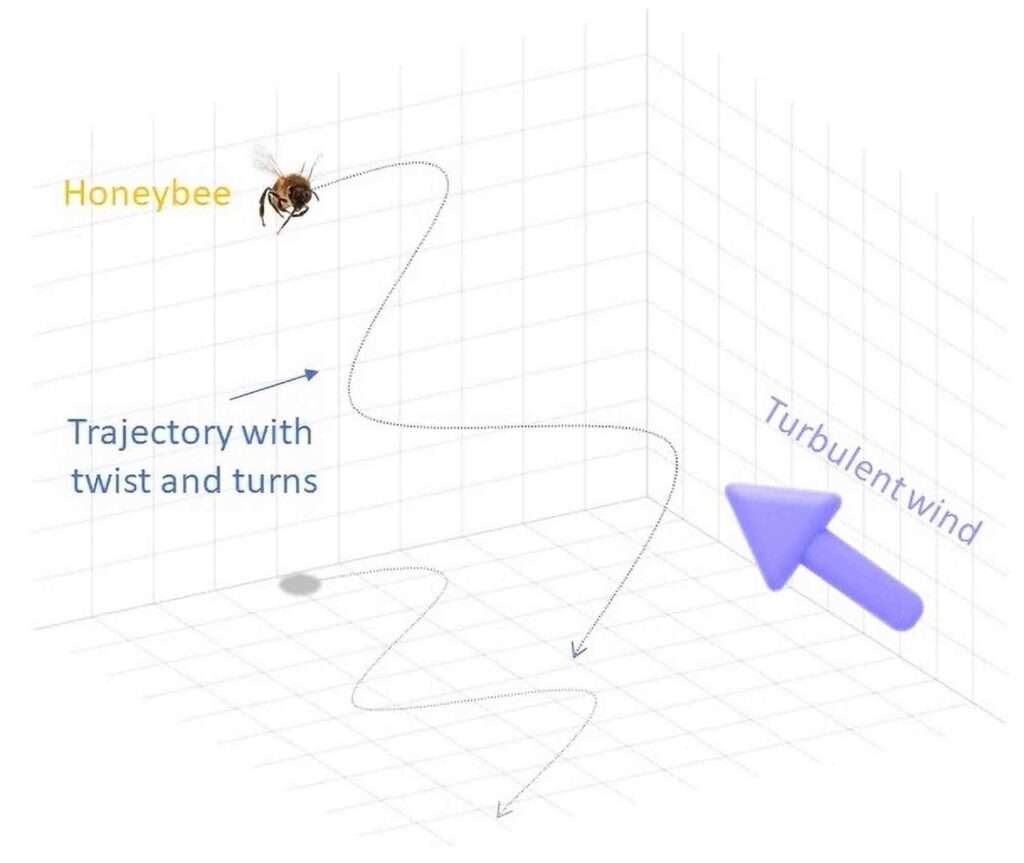
Bardia now reportedly plans to focus on finding out more about the flight techniques of honeybees.
Speaking at a conference of experts in Indianapolis in the US State of Indiana, the researcher said he wanted to examine “how they know not to bump into each other.”
Bardia added that “learning as much as we can about how they fly and how they behave with each other” was “really helpful.”

